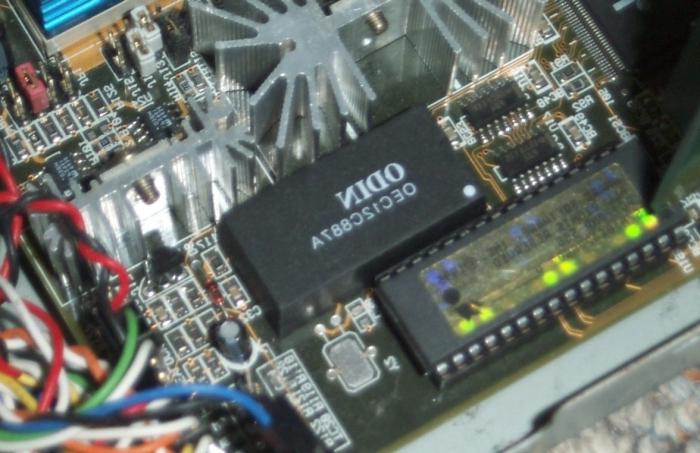The owner of the computer, who does not know what BIOS is, is like the captain of a modern ocean liner, who does not even know about the existence of a system of engines and a propeller. A ship operated by such a person is capable of continuing his journey only if no unforeseen circumstances arise before which he (together with the captain) is completely defenseless.
About what BIOS is, you can read on numerous sites and forums on the global Internet. But human psychology is such that it is rare for anyone to want to just read about
a computer or laptop
device . It works, and okay. However, when problems arise, it’s already late and far from always possible to find the answer to the question of what BIOS is, since sometimes it is not even possible to load the operating system. But everything is so simple ...
There is always a special ROM-memory chip on the board of any computer system, in which data rewriting is possible only by special means - a programmer, a flash recording program. After power is supplied to the computer circuit, the program recorded in the microchip is activated and prepares the main hardware components for further loading of the operating system. For BIOS operation, a motherboard (on which the microcircuit is actually located), a processor, a memory module and a power source is enough. Well, to go into the BIOS settings, you also need a video card, monitor and keyboard.

By the way, the abbreviation BIOS of English origin and translated means the basic input and output system. Very often this word means various things, so you always need to clarify what it is about. So, telling about what BIOS is, one cannot but indicate that, in addition to the microcircuit on the board, the firmware itself (POST), the firmware file, the interface for making corrective settings are also called the same.
How does this program work? Here the user turns on the power button. All components, including memory, video card, keyboard, port controllers, etc., run an internal self-test. If it is passed without errors, then the readiness code is set on the bus. After that (a split second), the BIOS “polls” the necessary registers, in the absence of problems, “looks” if the user has made adjustments to the settings. If there are no changes, then the standard parameters are applied. The presence of self-test errors of at least one key component interrupts the algorithm and sends a “beep-beep” to the speaker (speaker), by the order of the sounds of which it is possible to determine the faulty component.

Suppose that a “monitor-video card” cord was accidentally touched, which is why the latter partially pulled out of the connector on the board, breaking the electrical contact. It is obvious that in this state it does not work, therefore the self-test does not start. Consequence - BIOS stops loading the system, signaling the user about a malfunction.
In addition to testing components, the BIOS program configures them for interrupts, DMA channels, and address spaces. Knowing how to configure BIOS, you can make changes to the operation of many devices: “overclock” the processor, change the delay of memory models, etc. To get to the settings screen, you must often click the “Delete” button immediately after power-up.
BIOS version may be updated. To do this, download a new one from the website of the motherboard developer and reflash it.